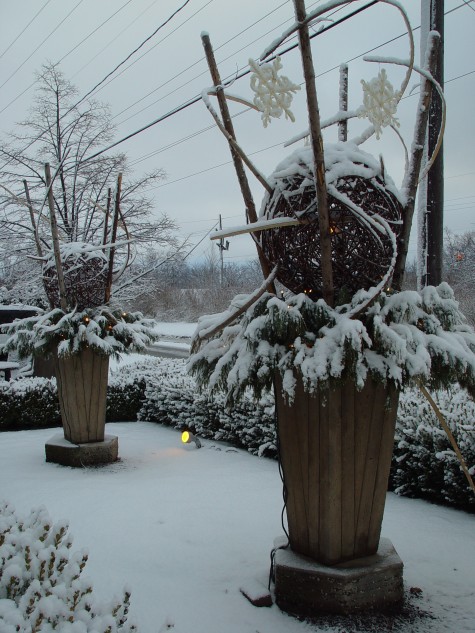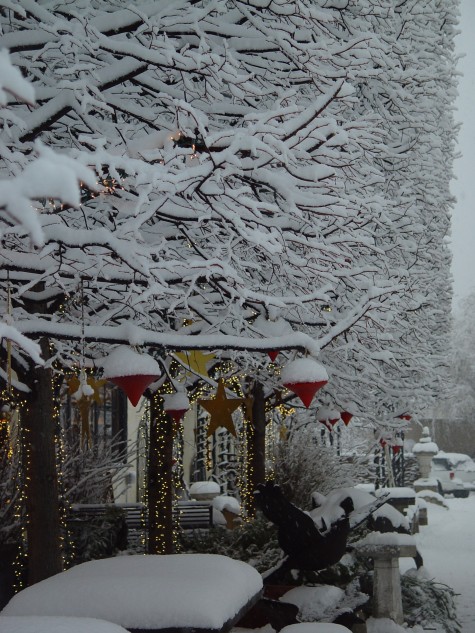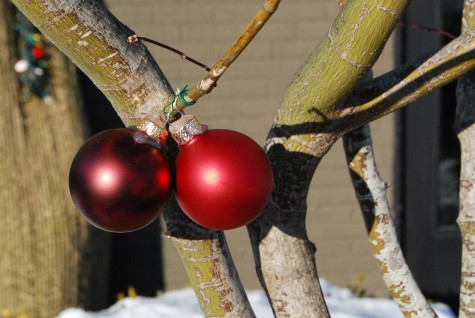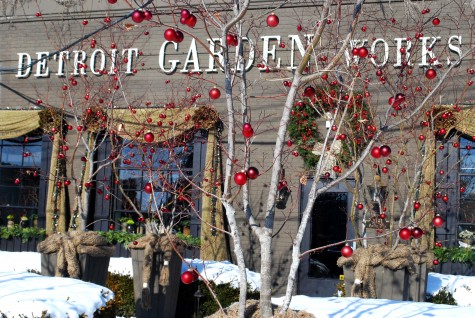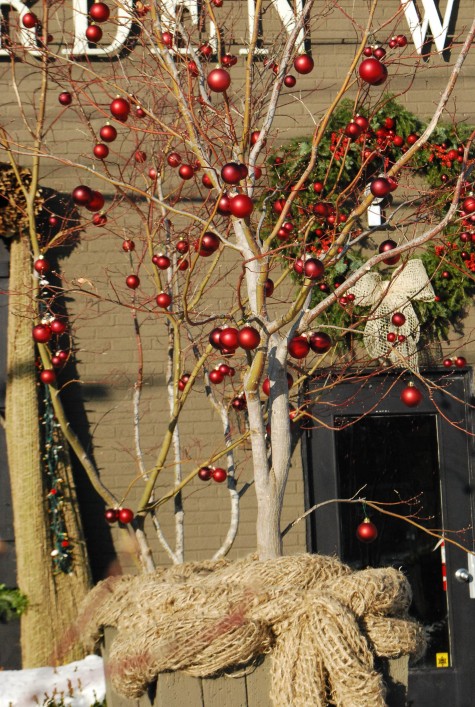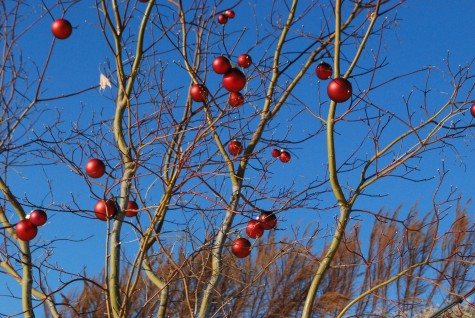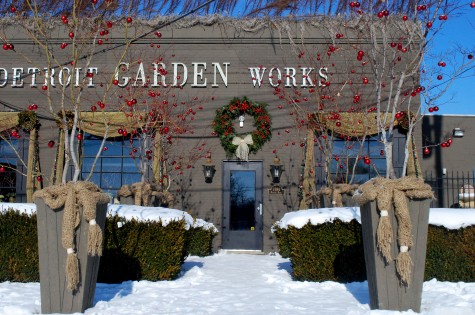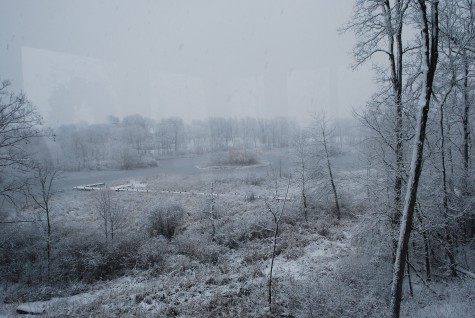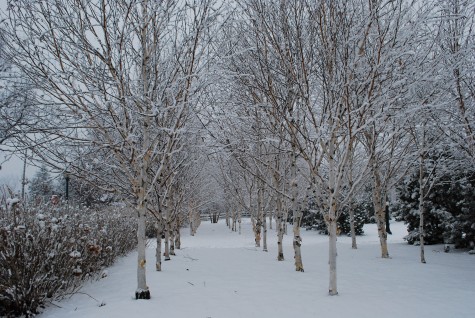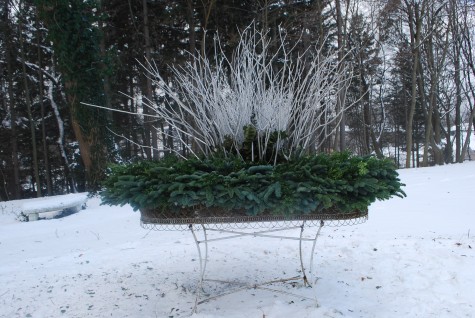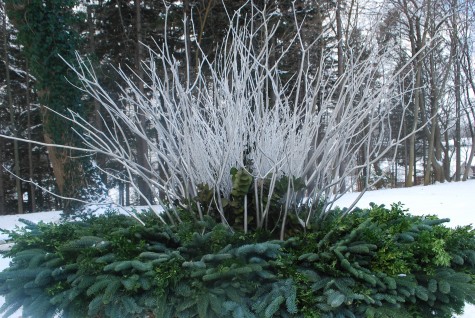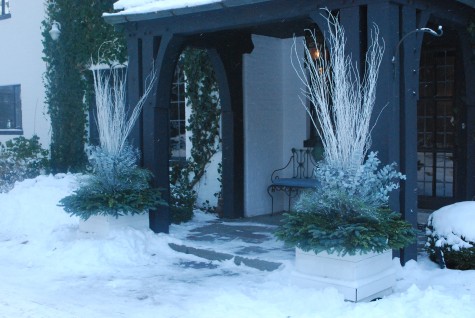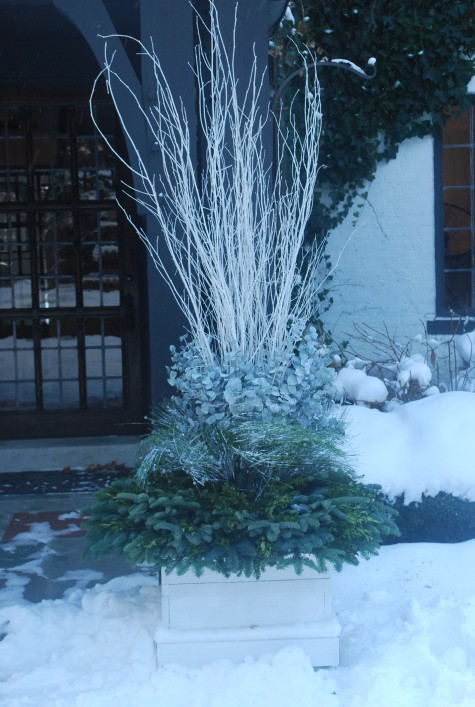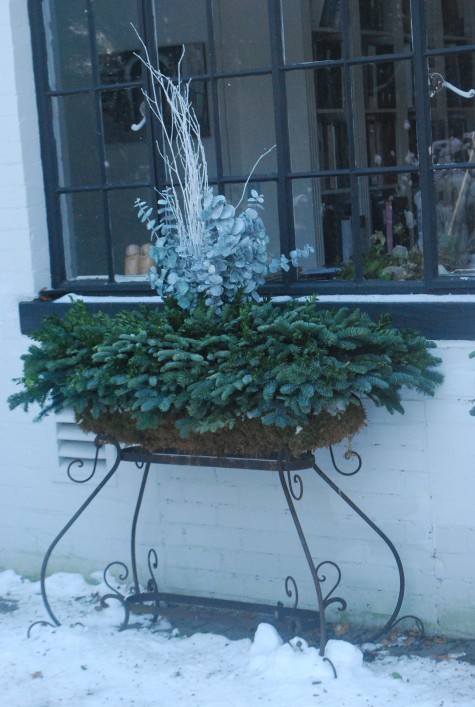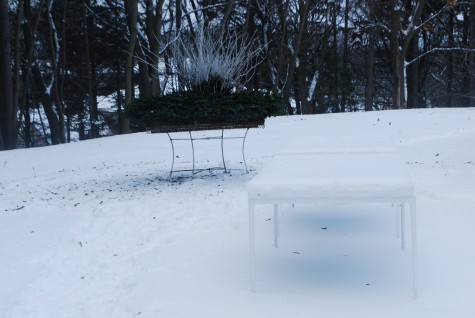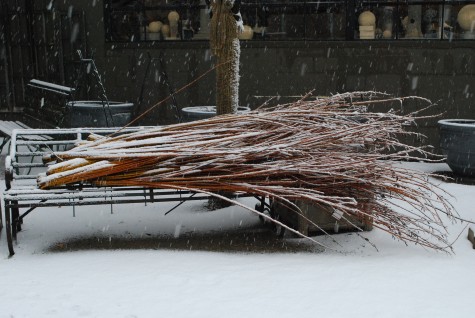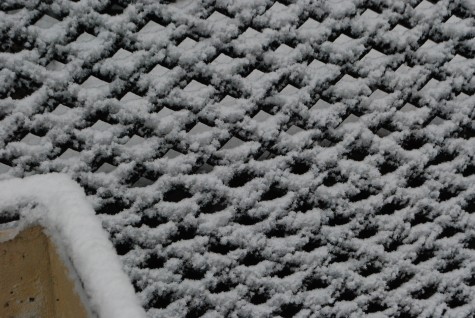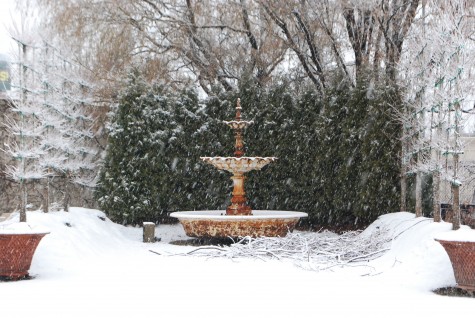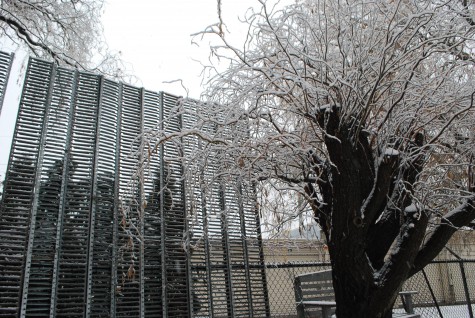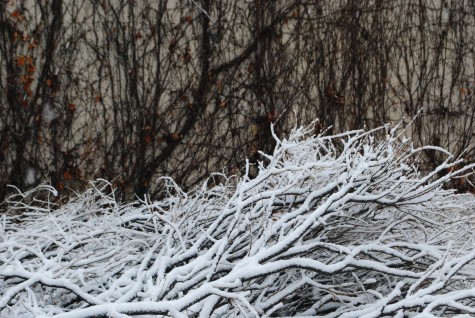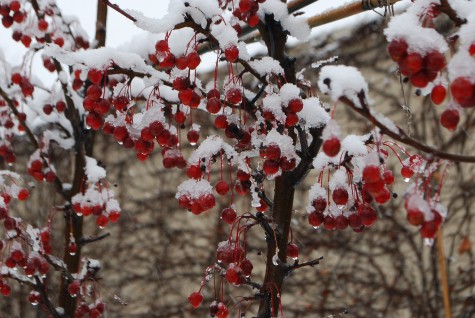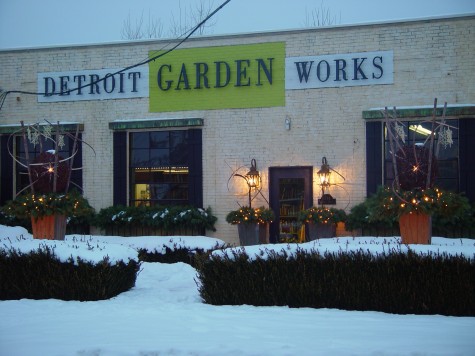 My heart goes out to all of those people on the east coast who are up their proverbial armpits in snow. I have never experienced 20 plus inches of snow at one time; this I cannot imagine. I remember a storm in the late seventies while I was living in Ann Arbor. I was young, unprepared, and had few options except to go home. It took a week for me to be able to get there. I still remember the 6 inch thick ice patches on I-94; the trip home was very, very slow, and very bumpy. Not so many years ago we got a foot of snow in one fell swoop. I stayed at the shop, ordered in pizza, and worked on a project during the five days it took for the neighborhood to get shovelled out.
My heart goes out to all of those people on the east coast who are up their proverbial armpits in snow. I have never experienced 20 plus inches of snow at one time; this I cannot imagine. I remember a storm in the late seventies while I was living in Ann Arbor. I was young, unprepared, and had few options except to go home. It took a week for me to be able to get there. I still remember the 6 inch thick ice patches on I-94; the trip home was very, very slow, and very bumpy. Not so many years ago we got a foot of snow in one fell swoop. I stayed at the shop, ordered in pizza, and worked on a project during the five days it took for the neighborhood to get shovelled out.
The snow that just buried New York and New Jersey goes far beyond imposing an enforced time out on the people who live there. They have serious trouble out there. I am only lucky that weather that threatens lives comes my way only once in a blue moon. Most of the time, should I be forced to change my schedule to accommodate the weather, I have enjoyed the show. The winter holiday of 2005 was one of my favorites. This is not to say that I did not work hard on my end. The giant grapevine spheres and hickory bark strips Rob brought back from Europe needed a home. He has this idea that I will figure out what to do with materials he likes. I can be challenged by this, but I am not shy about taking on trouble. Four thick 10 foot long bamboo poles buried in the concrete pots captured those spheres. I cannot remember now how we managed it, but each grapevine sphere had a starlight embedded within. The hickory bark strips were stiff and ornery-they had to be wired on with concrete wire. They may look graceful, but the installation was anything but. A finishing and thick nest of white pine at the bottom; we had a winter holiday going on.
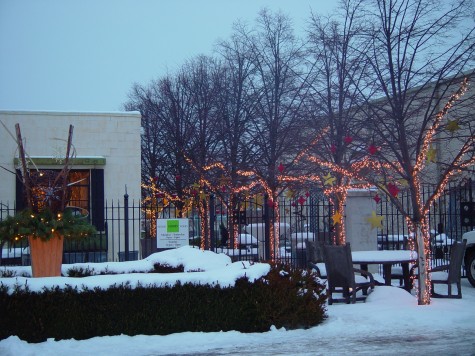 Rob had lit all the trunks of the lindens with garland lights. Light strings that have the bulbs spaced close-we like these. More light, less wire-this makes for a very good winter look. He always hangs something in the trees. Who doesn’t have a tree in their yard that could use a winter outfit? Simple flat gold stars, and red plastic sputnik ornaments-jazzy.
Rob had lit all the trunks of the lindens with garland lights. Light strings that have the bulbs spaced close-we like these. More light, less wire-this makes for a very good winter look. He always hangs something in the trees. Who doesn’t have a tree in their yard that could use a winter outfit? Simple flat gold stars, and red plastic sputnik ornaments-jazzy.
 We looked good at night-which means we looked good at 4:30 in the afternoon. All the winter blue sky and snow and black trunks were just asking for a little electricity. Among other things, Rob is incredibly good at designing with light and dark. 2005 was no exception.
We looked good at night-which means we looked good at 4:30 in the afternoon. All the winter blue sky and snow and black trunks were just asking for a little electricity. Among other things, Rob is incredibly good at designing with light and dark. 2005 was no exception.
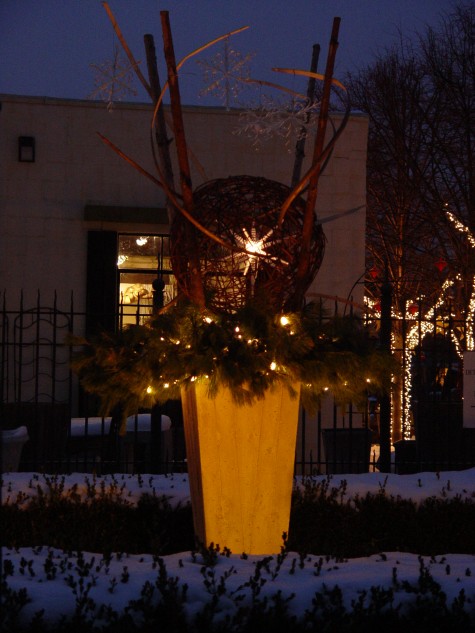 Upon reflection, I think these three dimensional lighted north stars had plastic arms that could be unscrewed. Once the light knob was inside the sphere, we could reattach the arms. Any material that I can break down is a material that gets my attention. I may only need half of it, or a wisp of it. When in doubt about any material, cut it up, and put it back together in your own way.
Upon reflection, I think these three dimensional lighted north stars had plastic arms that could be unscrewed. Once the light knob was inside the sphere, we could reattach the arms. Any material that I can break down is a material that gets my attention. I may only need half of it, or a wisp of it. When in doubt about any material, cut it up, and put it back together in your own way.
 The front of the shop was subtly lit; the lights on either side of the front door did the lion’s share of the work. The warm yellow of the spotlights on the pots-the resulting blue and yellow-we were pleased.
The front of the shop was subtly lit; the lights on either side of the front door did the lion’s share of the work. The warm yellow of the spotlights on the pots-the resulting blue and yellow-we were pleased.
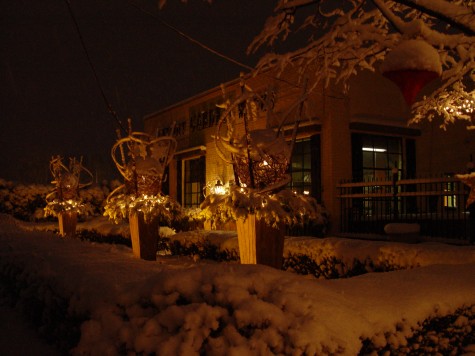 I was not much prepared for what nature thought to deliver- a substantial snowstorm. The snow fall was fast and steady. I went to bed in one world, and woke up in another, ala JB Priestly. I think we had 10 inches in all of a wet snow that stuck fast to every surface it touched.
I was not much prepared for what nature thought to deliver- a substantial snowstorm. The snow fall was fast and steady. I went to bed in one world, and woke up in another, ala JB Priestly. I think we had 10 inches in all of a wet snow that stuck fast to every surface it touched.
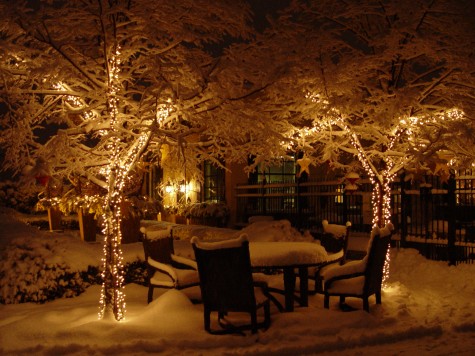 What I thought was a fine holiday display was transformed overnight in a way that took my breath away. I had no hand in this whatsoever. I was nonetheless thrilled it came my way, for me to see.
What I thought was a fine holiday display was transformed overnight in a way that took my breath away. I had no hand in this whatsoever. I was nonetheless thrilled it came my way, for me to see.
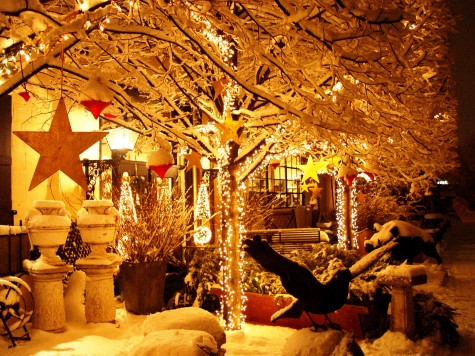 My shop has never looked like it did this day-not before. Not since. Very few photographs do justice to an experience, but this is the best record I have for that night. Moments like this account entirely for my belief that nature rules my roost.
My shop has never looked like it did this day-not before. Not since. Very few photographs do justice to an experience, but this is the best record I have for that night. Moments like this account entirely for my belief that nature rules my roost.

Don’t be fooled by this picture-it took hours to dig out the front door to the shop. This branchy linden roof of snow-the finest it has ever been my privilege to witness. My advice? Be convinced by what you witness. Once you have done that, enjoy.
